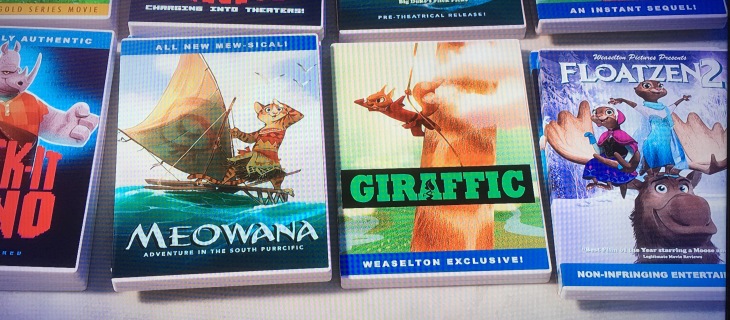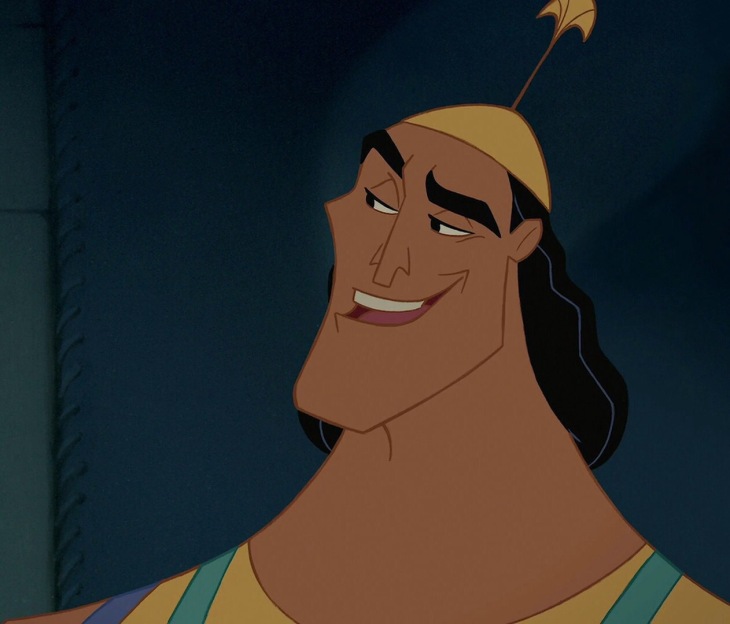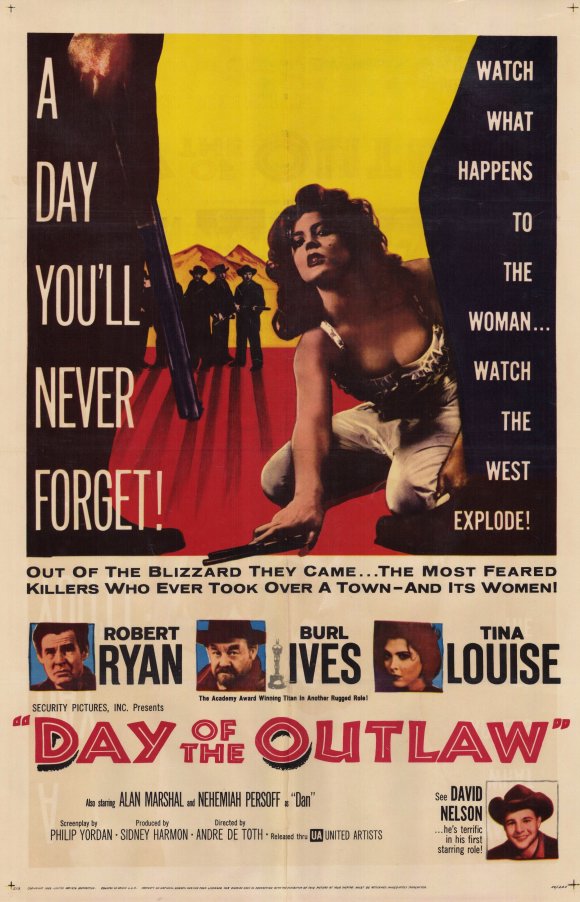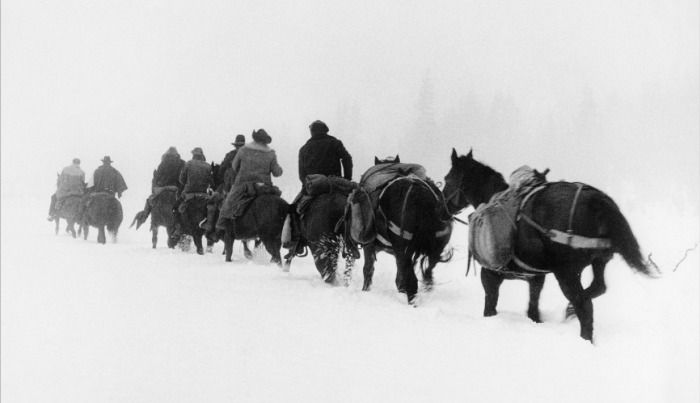Around eighty minutes into the magnificent Zootropolis, there’s a great moment where Lt. Judie Hops (Ginnifer Goodwin) and Nick Wilde (Jason Bateman) follow a lead to solve their case. They wind up at a dodgy DVD stand manned by Duke Weaselton, voiced by the ever-entertaining Alan Tudyk.
That character is in itself a riff on his character in Frozen, the Duke of Weselton, but the jokes don’t stop there. His dodgy DVDs are all parodies on recent Disney movies, clearly having a pop at the endless rip-offs that flood the market every time a new Disney film is released.
The films include Pig Hero 6 (in place of Big Hero 6), Wrangled (a take on Tangled) and Wreck-It Rhino (Wreck-It Ralph).
They even then pan onto a second pile of DVDs and Weaselton brags that he has films that haven’t even been released yet. Those include Meowana, which is a take on the then-yet-to-be-released Moana that replaces the lead character with a cat. Giraffic, the second in the pile, is a Giraffe-themed parody of the upcoming Gigantic, which is a Jack and the Beanstalk tale due for release in 2020. Finally, Floatzen 2 is Frozen but with a moose and two otters in the lead roles, with a review attached underneath that reads “The best film of the year starring a moose and two otters.”
Digging even further, there are more hidden in the row above those in the centre of the screen. Most notable is what appears to be a sequel to Giraffic – a similar cover to the first film but with the tagline “AN INSTANT SEQUEL”. There are also alternative covers for Meowana, Wreck-It Rhino and a mystery film in the top left corner of the first screen (as above), which doesn’t match up with any of the other films but could be a draft poster for something like Ralph Breaks The Internet or one of the other upcoming projects.
Zootropolis is full of weird Easter Eggs and it’s certainly worth checking out again to try to pick them all up.









